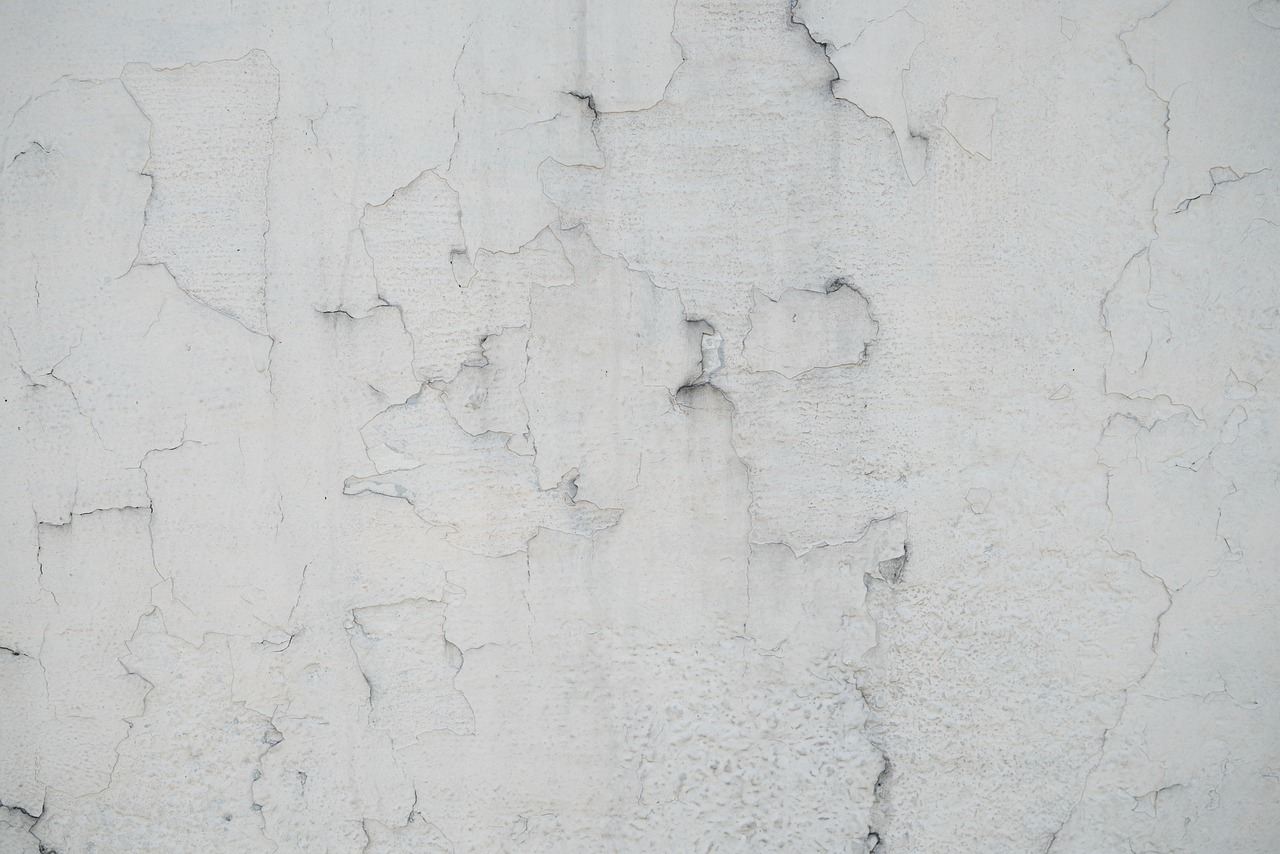Glass Art

Glass art merges age-old traditions with modern creativity, transforming molten material into mesmerizing forms. You’ll discover techniques like blowing, where artisans shape glass using rods and air, creating intricate designs. Hot sculpting and stained glass combine precision with artistry, resulting in vibrant, textured pieces. Notable artists like Niko Brown and Boha Glass elevate this craft with unique, collectible sculptures. Incorporate glass art into decor for a touch of elegance and drama, utilizing light to enhance its beauty. Glass art offers a stunning fusion of technical skill and artistic vision, promising endless fascination as you explore further.
Key Points
- Ancient Egypt and Mesopotamia pioneered glass art, evolving through techniques like glassblowing and stained glass crafting.
- Contemporary glass artists continue to innovate, blending traditional and modern techniques for striking visual effects.
- Blown glass art involves shaping molten glass into intricate forms using blowpipes, showcasing technical skill and creativity.
- Stained glass crafting employs precise cutting, painting, and fitting glass pieces to create vibrant and detailed designs.
- Glass art enhances decor by introducing light, color, and texture, with custom commissions matching individual aesthetic preferences.
History of Glass Art
The history of glass art is a fascinating journey that begins with the ancient civilizations of Egypt and Mesopotamia, where artisans crafted glass objects both for practical use and decorative beauty.
From these ancient origins, innovative techniques emerged, transforming glass into a medium of artistic expression. The evolution of craftsmanship saw glassblowing revolutionize the field in the 1st century BCE, enabling more intricate designs.
Venetian glassmakers in the 13th century further elevated the art form, giving rise to the exquisite Murano glass tradition. Each era contributed to the cultural significance of glass art, shaping it into a revered tradition.
Today, contemporary artists continue this legacy, pushing boundaries and redefining what glass can achieve.
Techniques and Methods
When you explore the world of glass art techniques, you’ll immerse yourself in the intricate processes of blowing and sculpting glass, as well as the meticulous art of stained glass crafting.
Glass blowing, with its mesmerizing dance of molten glass and breath, requires masterful control to shape stunning, fluid forms.
Meanwhile, stained glass crafting demands precision in cutting and fitting vibrant glass pieces to create breathtaking mosaics that play with light in magical ways.
Blowing and Sculpting Glass
Mastering the art of glass blowing and sculpting requires a deep understanding of techniques that transform molten glass into intricate, breathtaking forms. Embrace glass blowing innovations by blowing air into a tube, shaping molten glass into diverse forms.
Sculpting inspiration lies in manipulating solid glass with precision tools like shears, tweezers, and molds. Modern glass techniques, such as hot sculpting, create stunning textures, while traditional sculpting methods like cold working offer refined finishes.
Combining these approaches lets you craft unique art that captivates. Use your skills to merge blowing and sculpting, achieving visually stunning pieces that reflect both contemporary flair and time-honored techniques. Passion and precision guide your hand in this mesmerizing art form.
Stained Glass Crafting
As you move from the dynamic process of glass blowing and sculpting, immerse yourself in the meticulous and colorful world of stained glass crafting. Cutting, shaping, and assembling vivid glass pieces form breathtaking designs.
Begin with precise glass cutting, using specialized tools to carve intricate shapes. Secure these pieces with traditional lead came or copper foil before soldering them together to create a unified masterpiece.
Elevate your art with glass painting, adding fine details and vibrant colors. For texture and depth, employ sandblasting and etching techniques.
This craft, with roots in medieval cathedrals, now blends historical methods with modern styles, allowing you to create both timeless and innovative works of stained glass art.
Notable Glass Artists
Renowned for their intricate and mesmerizing designs, notable glass artists like Niko Brown and the creators at Boha Glass consistently push the boundaries of what glass art can achieve.
Niko Brown’s stunning fused glass pieces, such as the ‘Meadow Buzz‘ priced at $695.00, showcase innovative installations that captivate and inspire.
Meanwhile, Boha Glass offers exquisitely handmade and signed sculptures, sought after by Royalty, Hollywood studios, and Superyacht Owners. Their famous collaborations with top interior designers guarantee each piece fits seamlessly into luxury spaces.
Collectors and business people alike purchase from Boha Glass with confidence, knowing they’re investing in quality and unparalleled artistry. Each creation is a confirmation of the limitless potential of glass art.
Types of Glass Art
You’re about to explore the fascinating techniques behind two primary forms of glass art: stained glass and blown glass.
Stained glass art captivates with its intricate patterns and vibrant colors, created by assembling meticulously cut pieces.
Blown glass, on the other hand, showcases the artist’s skill in shaping molten glass into stunning forms using a blowpipe.
Stained Glass Techniques
Diving into the world of stained glass techniques, you’ll discover the artistry behind leaded glass, the intricate copper foil method, and the expressive painted glass, each requiring precise cutting, shaping, and soldering to craft stunning works of art. Mastering glass cutting and soldering techniques is essential for creating detailed leaded designs. You’ll work with colored glass, carefully cutting and shaping each piece to fit seamlessly.
| Technique | Key Elements |
|---|---|
| Leaded Glass | Lead came, colored glass |
| Copper Foil | Thin copper strips, solder |
| Painted Glass | Enamel paints, kiln firing |
| Glass Cutting | Precision tools, scoring |
In each method, the interplay of light and color transforms spaces, turning simple windows into vivid stories told through glass.
Blown Glass Creations
The mesmerizing artistry of blown glass creations comes to life as artisans deftly manipulate molten glass with blowpipes and specialized tools to craft intricate, stunning forms.
Glass blowing involves heating glass to a pliable state, then skillfully shaping it into artistic forms like delicate figurines, vases, or elaborate chandeliers. Techniques such as lampworking and hot sculpting allow for even more precision and creativity.
By controlling the glass’s temperature and using various shaping tools, artisans achieve unique textures, patterns, and vibrant colors. Each piece showcases the versatility of the glass material, transforming it into a colorful spectacle.
You’ll find that blown glass art is a perfect blend of technical skill and imaginative artistry, resulting in breathtaking creations.
Incorporating Glass Art in Decor
Incorporating glass art into your decor not only elevates the aesthetic appeal of your space but also introduces an enchanting blend of light, color, and texture that transforms ordinary settings into extraordinary visual experiences.
Staying abreast of glass art trends can guide you in selecting pieces that reflect contemporary styles, such as minimalist designs or vibrant, abstract sculptures.
Thoughtful glass art placement is essential—positioning pieces where natural light can interact with the glass maximizes their visual impact. Consider using handmade glass sculptures as centerpieces in fine homes or corporate offices to add drama and sophistication.
Opt for custom commissions to tailor designs to your specific preferences, ensuring each piece harmonizes perfectly with your decor.
Caring for Glass Art Pieces
Maintaining the exquisite allure of your glass art pieces involves meticulous care and attention to detail. Start with regular dusting using a soft, lint-free cloth to keep your pieces pristine.
Avoid harsh chemicals or abrasive materials; these can damage the delicate surfaces. For more stubborn grime, use a mild soap solution and gently wipe. Handling precautions are essential—always use both hands and consider wearing gloves to avoid fingerprints.
Display your art away from direct sunlight to prevent fading. Maintenance tips include periodically checking for any chips or cracks. For specialized care, consult a professional who can offer tailored preservation methods.
Frequently Asked Questions
What Is Art With Glass Called?
You call it glass art. It involves stained glass and intricate glassblowing techniques. You need skill and precision to master it. The beauty, craftsmanship, and the way it manipulates light and color make it truly unique.
How Do I Do Glass Art?
To begin, learn glassblowing techniques and kiln casting. They require specialized tools and skills. Practice manipulating molten and cold glass. Create intricate designs by mastering fusing and slumping. Immerse yourself passionately, and let your creativity flow.
Is Glass Art Profitable?
Yes, it’s definitely profitable! By targeting market demand and niche markets, you can attract high-net-worth clients, interior designers, and collectors. Handmade pieces with unique touches will guarantee your art stands out and commands premium prices.
Why Is Glass Art so Expensive?
You’re paying for the rarity factor and craftsmanship value. Artists invest years mastering skills, and the intricate, multi-step process demands high-quality materials. Limited skilled artists and the uniqueness of each piece elevate its worth and justify the expense.
Conclusion
You’ve now journeyed through the rich history, intricate techniques, and notable artists that define glass art.
You’ve explored the diverse types and discovered how to incorporate these stunning pieces into your decor.
With proper care, your glass art will remain as dazzling as the day you acquired it.
Embrace the vibrant passion and technical mastery behind each piece, and let it transform your space into a gallery of timeless beauty and craftsmanship.
Author: Jessica Hartley

